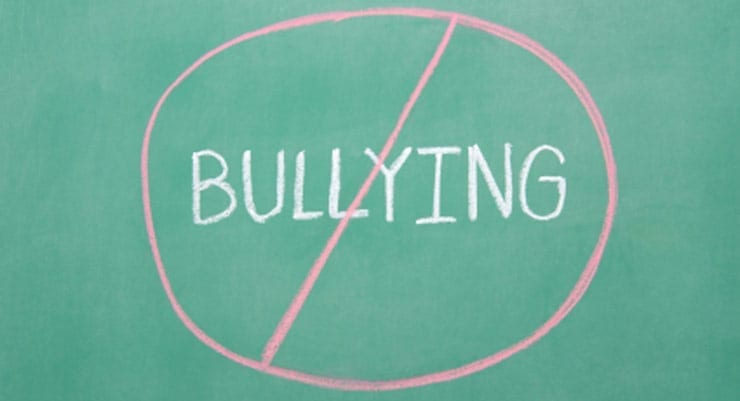The media is filled with news about bullying. The question is, does all of the attention help to decrease the bullying? Unfortunately, the answer is not clear.
In order to address bullying, we need to try a different strategy, one that addresses the roles that kids choose. We need to focus our attention on teaching kids resilience. We need to teach kids how to respond to bullying challenges by making better choices.
Facing challenges is a part of life. Resilience is how we respond to those challenges. When we teach resilience, we are teaching kids how to respond to challenges in a way that builds their confidence and makes them feel good about themselves.
In any bullying scenario, kids take on one of three roles: the bully, the victim, and/or the bystander. Let’s take a look at one possible challenge facing each role. The bully faces the challenge of trying to negotiate social roles. He wants to gain social status, and bullying has probably proven to be a successful strategy in gaining that status. The victim faces the challenge of how to stop being teased or hurt. He is trying to avoid the hurt and stop the situation. The bystander faces discomfort with what he is witnessing and faces the challenge of deciding how to respond.
With each of these roles, there is a choice of responses. Our role as parents/educators is to teach kids strategies to enable them to make good choices that help them resolve a bullying situation successfully. Young children do not have the skills to negotiate complex social situations like bullying gracefully and successfully.
If we are going to reduce the harmful impact of bullying on children, they need to learn alternative strategies of how to handle those and other challenges. They have to learn how to negotiate their needs without resorting to “mean” behaviors. They need to learn how to advocate for themselves. They need to learn how to advocate for others.
Learning to read doesn’t just happen. Kids need to be taught. Similarly, learning to interact socially happens best when kids learn the skills to do it. Human beings are social creatures, but they need to learn how to empathize, share and negotiate. Kids need guidance to learn these skills and then they need opportunities to practice them.
So often they don’t get the chance because adults intervene and solve problems for them. Unstructured play time, when kids had the opportunity to work out their disagreements, has been replaced by organized activities (run by adults) and video games.
The increased awareness of bullying behavior represents an opportunity to teach kids resilience skills to negotiate and manage social challenges successfully. Luckily, these same skills can be translated to numerous other situations throughout their lives.
Resilience is our response to challenge, how we handle the situation. Resilient choices are those that leave us feeling good about ourselves. Let’s take this bullying phenomenon and use it to focus our attention on teaching resilience. Let’s teach kids how to respond to challenge in a way that keeps their integrity. When kids learn resilience, it translates to all types of challenges, from sharing toys on the playground, to sticking up for someone, to handling peer pressure.
Resilience can be taught, and it might be the most important lesson that kids can learn.
Donna Volpitta, Ed. D. and Joel Haber, Ph.D. are co-authors of the book The Resilience Formula: A Guide to Proactive–Not Reactive– Parenting. For more information, visit their websites at www.URresilient.com and www.respectu.com





